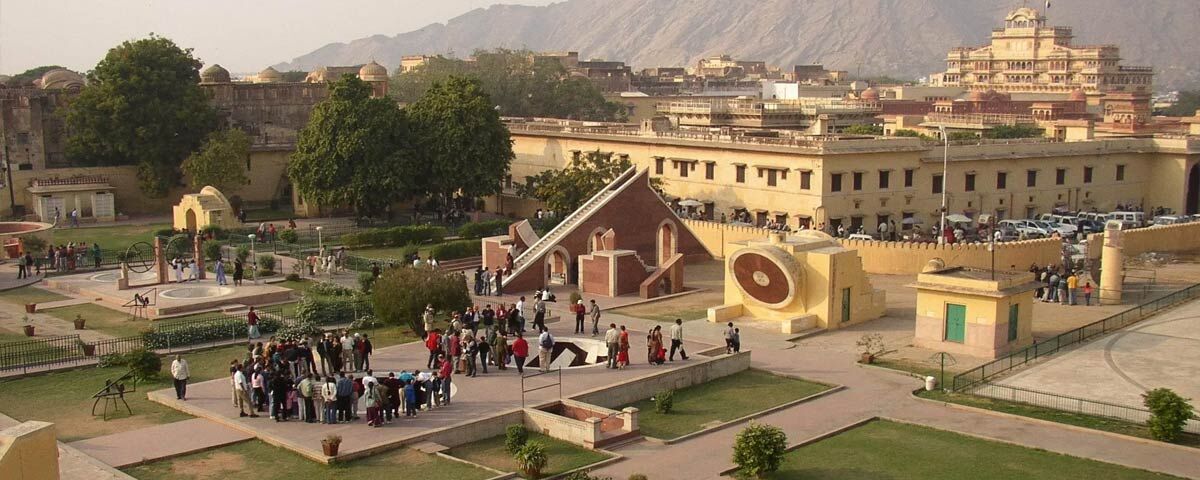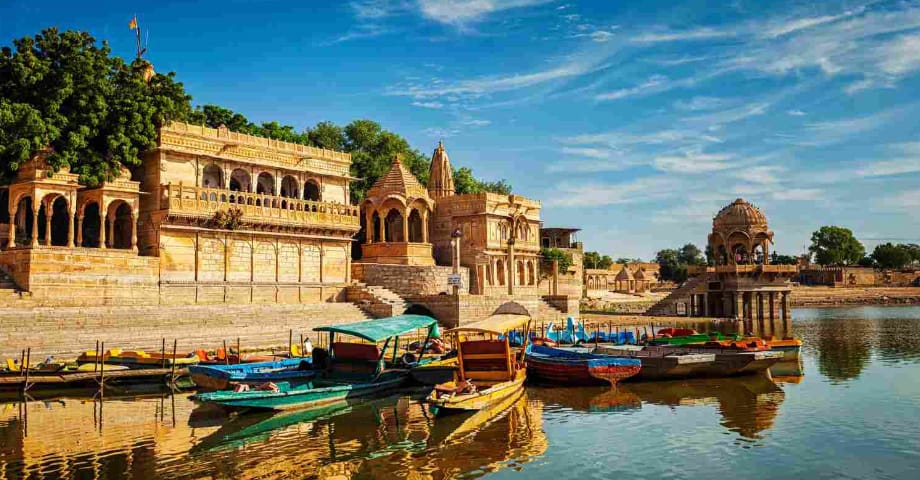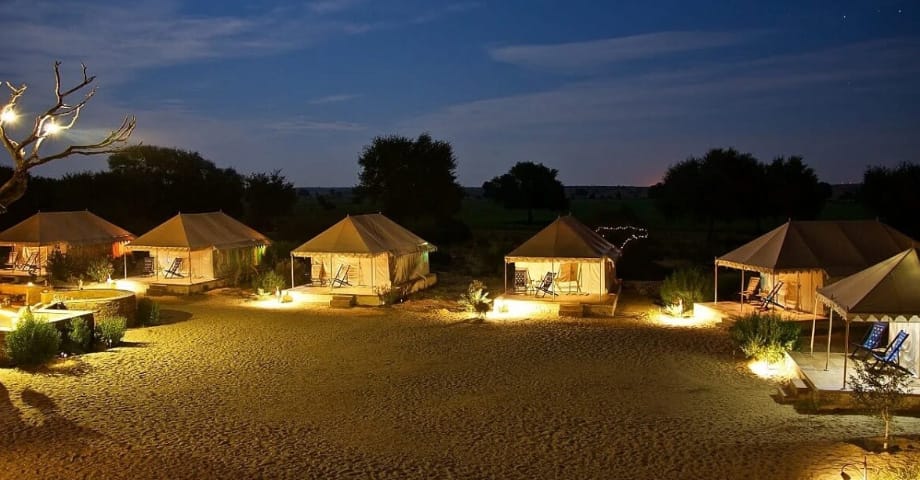- Have Any Question ?
- +91-9929358785
- 01414054824
- Info@thepinkcityholidays.com
Perfect 2 Days in Jaipur Tour Itinerary

Best Taxi Service in Jaipur
March 29, 2023
Luxury Car Rental in Jaipur
March 29, 2023The most famous Pink City of India, Jaipur is vibrant, rich in history, and embraced with wondrous landmarks. The capital of Rajasthan, Jaipur was founded by Maharaja Jai Singh II in the early 18th century. Jaipur is the finest example of a planned city with the major streets forming a grid. He was also an avid astronomer and spearheaded the creation of observatories that are still used for tourism purposes. The shade of pink in the city was made to welcome the Prince of Wales from Britain, and since then the city retain its vibrancy. Jaipur’s architecture and design led to Jaipur being inscribed as a UNESCO world heritage site.
Things you need to know before heading to Jaipur –
Best time to visit:
The peak tourism season of Jaipur is typically from October/November to March as this is when the weather is soothing. Tourists mainly flock here during this season, as one can take a tour of the popular landmarks.
How to get to Jaipur?
Jaipur has an international airport so you can fly there from major airport destinations like Delhi, Bangalore, or Mumbai. If you prefer traveling by train, then Jaipur railway station connects the major destinations of India. Moreover, you can choose to travel by deluxe bus or a private taxi in Jaipur.
What to wear?
In Jaipur, you are advised to carry clothes according to the climate and the destination you are traveling to. Dressing in summer can be comfortable, while in winter, take your woolens to handle the extremely cold climate.
Where to stay in Jaipur?
Jaipur is full of luxury and boutique hotels you’re spoiled for choices when it comes to deciding on the best hotel in Jaipur. From luxury to budget hotels, there are a lot of options to stay in Jaipur. You can make your stay incredibly memorable with excellent service in a friendly and hospitable environment.
Best places to visit in Jaipur 2 Days Tour –
Amber Fort:
Often referred to as Amer Fort, the heritage castle is located about 20 minutes by car from the heart of Jaipur. At the very start of your Jaipur 2 days tour package, you should embark on a visit to Amer Fort. The fort features a blend of classic Hindu and Muslim styles of architecture which was primarily built of red sandstone and white marble.
Panna Meena ka Kund:
The Panna Meena ka Kund is a beautiful traditional stepwell near the fort. It is one most preserved stepwell in the region which features a zig-zag pattern. The stepwell doesn’t receive too many visitors but is the most photogenic spot in Jaipur.
Nahargarh Fort:
Built by Jai Singh II, Nahagarh Fort is an underrated attraction in Jaipur that shouldn’t be skipped. It nestles over the city on top of the Aravalli hill range. The name Nahargarh means “abode of tigers” and was a defensive fort for Jaipur from enemies.
Jal Mahal:
Also known as the Water Palace of Rajasthan, Jal Mahal was built in the late 18th century by Maharaja Madho Singh. His intention was to use it as a hunting lodge. Jal Mahal can be seen floating over the Man Sagar Lake and though, and you can’t tell from a cursory glance that the palace consists of 4 underwater levels.
City Palace:
Embark on your second day of sightseeing in Jaipur and head straight to the City Palace. Though the Royal family of the city still possesses a part of the palace, you can take a tour of the remaining part. The palace was built in the mid-18th century after Jai Singh II moved his capital to Jaipur from Amer.
Jantar Mantar:
One of the several royal observatories, Jantar Mantar was built by Jai Singh II, the founder of Jaipur. The fascinating complex is a UNESCO World Heritage Site that houses astrological instruments used to calculate time and date.
Hawa Mahal:
Also known as the Palace of Winds, Hawa Mahal was built by Maharaja Sawai Pratap Singh in the late 18th century out of red and pink sandstone. The architectural design of the 5 storey palace was modeled after Lord Krishna’s crown and features nearly 953 small carved windows.
Conclusion –
So, this is all about how you can plan your 2 days Jaipur tour, and plan a holiday as per your interests and preferences. Jaipur is the best place to experience rich cultures and traditions of Rajasthan.








